The most common 4 kinds of treatment methods: sun, water, semi-water, honey treatment of the difference?
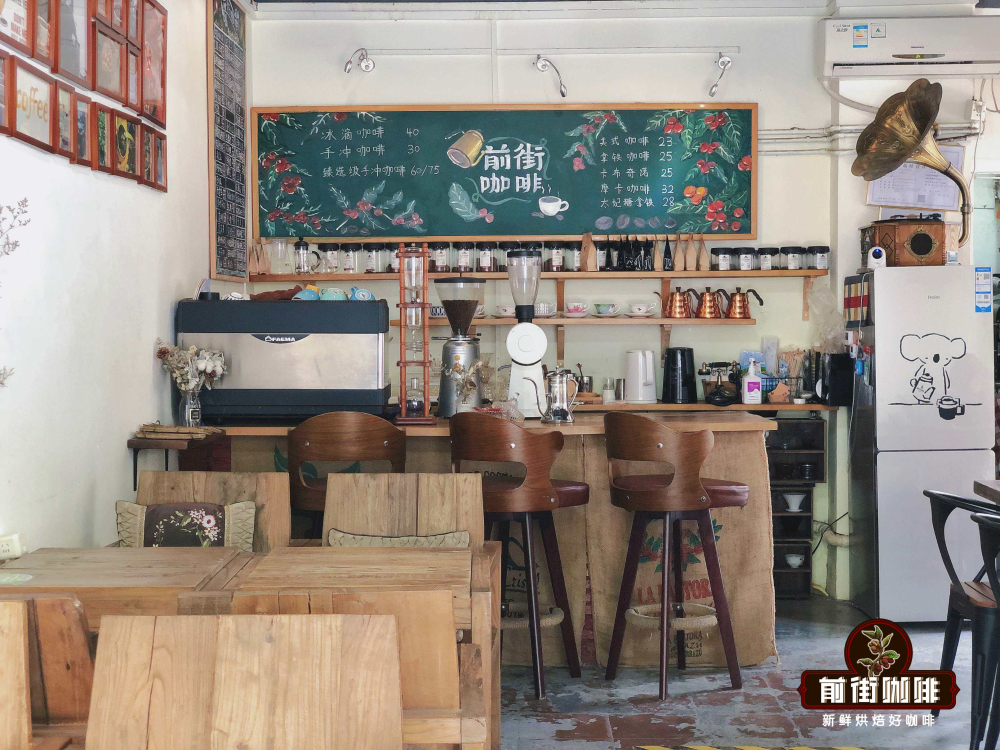
There are four most common ways to treat coffee beans, which are solarization, water washing, semi-washing and honey treatment. So what kind of process does the different treatment take, and what type of flavor characteristics will the coffee beans show? Let's have a look at this article in front of the street.
Solarization method
Insolation, as the name implies, is drying in the sun, which is the cheapest, the easiest to operate and the most traditional method of processing coffee beans. It is most often used in areas where water resources are scarce and sunshine is abundant, such as Ethiopia in Africa. Such as Qianjie home-baked Essex Fokui coffee, Panamanian jade red standard rose summer coffee, Brazilian Queen's Manor coffee, Qianjie 2013 iron pickup coffee and so on are all produced in the sun, showing a full sense of sweetness after brewing.
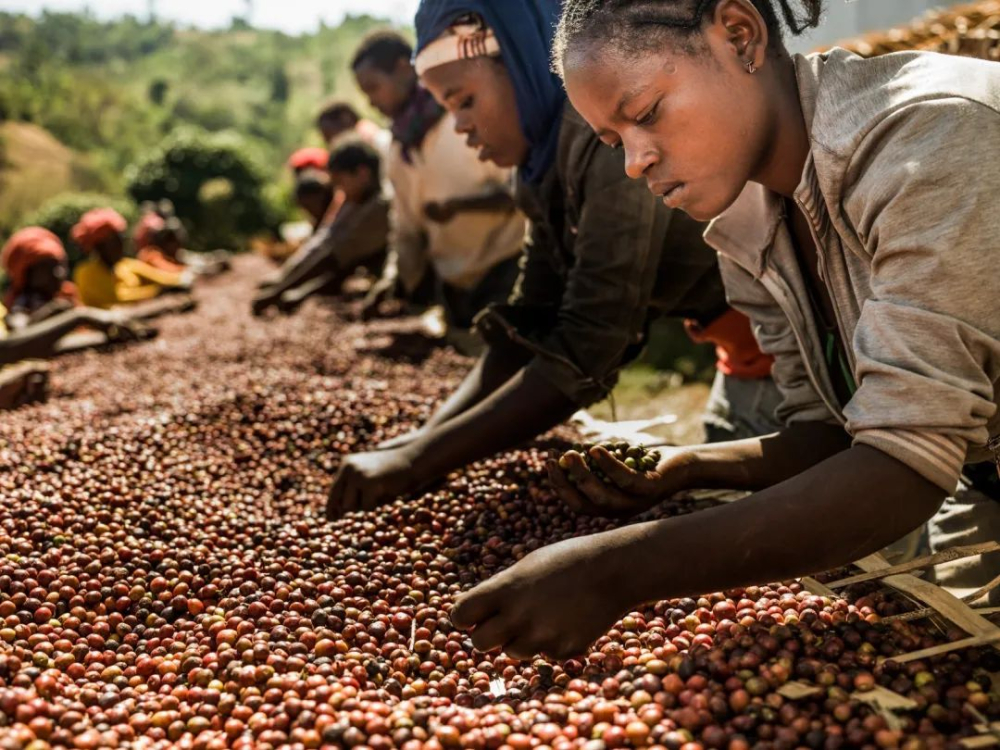
Sun-dried coffee fruits are first selected to remove immature fruits and impurities (such as stones), and then spread in the sun to evaporate moisture from the pulp outside the beans. When the target moisture content is reached, the coffee beans with sheepskin can be extracted by crushing the shell by machine. As the sun treatment is not too high technical content, so basically every household of small farmers can handle it on their own. The whole drying process only needs to make use of sunny days, so the cost of production is low, and it is most common in high-altitude coffee producing areas.
In the production areas in pursuit of delicate flavor, the coffee fruit will be floated first, the immature fruit and debris will be removed, and then laid flat on the elevated drying bed to dry, in order to stay away from the ground, so that the coffee fruit will not be infected by reptiles, dust and bacteria. During the sun-drying period, there will also be someone to check the dryness of the coffee fruit and pick out the borer, popping and mildew fruit to prevent these bad fruits from affecting other coffee.
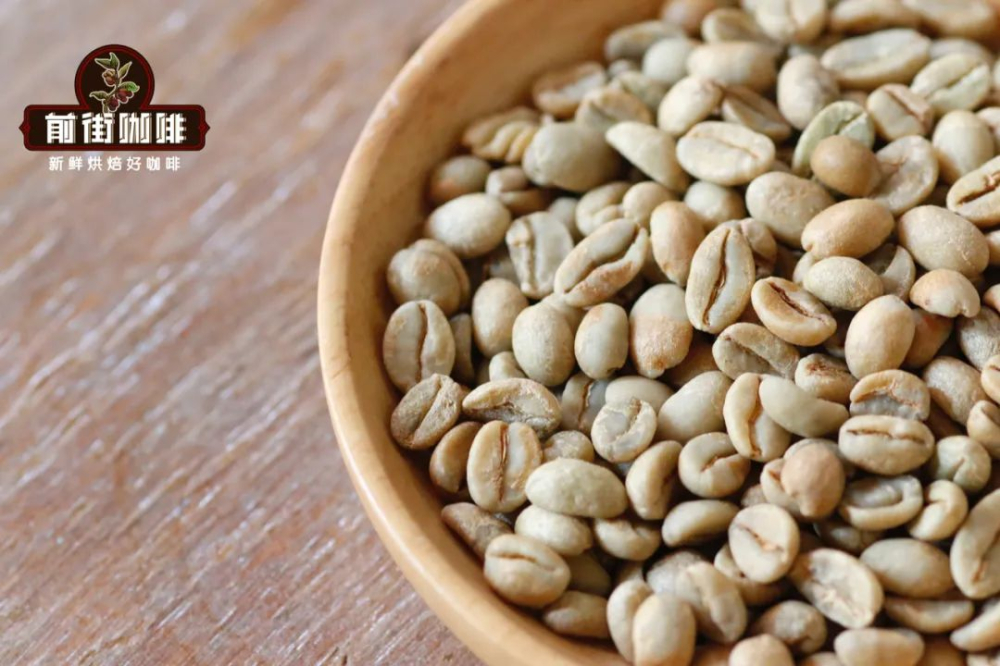
Because the inner beans of sun-cured coffee are wrapped in pulp for drying, the fermentation time of coffee fruit is longer, and the reaction between bacteria and pulp is higher. When the fruit begins to ferment, microorganisms produce more volatile compounds, especially esters. These aromas provide coffee with more floral aromas and fermented tropical fruits, such as furan compounds, making sun-cured coffee wider and sweeter.
Washing method
The producer needs to remove the peel and pulp of the picked coffee fruit, put the peeled coffee beans into the fermentation tank for fermentation, decompose the pectin layer by fermentation, wash the decomposed pectin repeatedly with clean water, and finally dry the coffee beans for 1 week or 2 weeks. Finally, the dried coffee beans can be stored and waiting to be shipped everywhere.

Because impurities and defective beans can be removed in each step, the quality of raw beans is more uniform. In addition, washing pools must be built in the producing areas where the washing method is used, and a continuous supply of live water can be introduced. Therefore, the final transaction price is also higher than the natural drying method of coffee. Washing not only greatly reduces the defect rate of coffee, but also brings clean and delicate taste to high-quality coffee beans. For example, Essex Guoding Cooperative Coffee, Kenya Asalia Coffee and Emerald Manor Green label Rose Summer Coffee on the front street bean list are washed, showing a bright and full acidity.
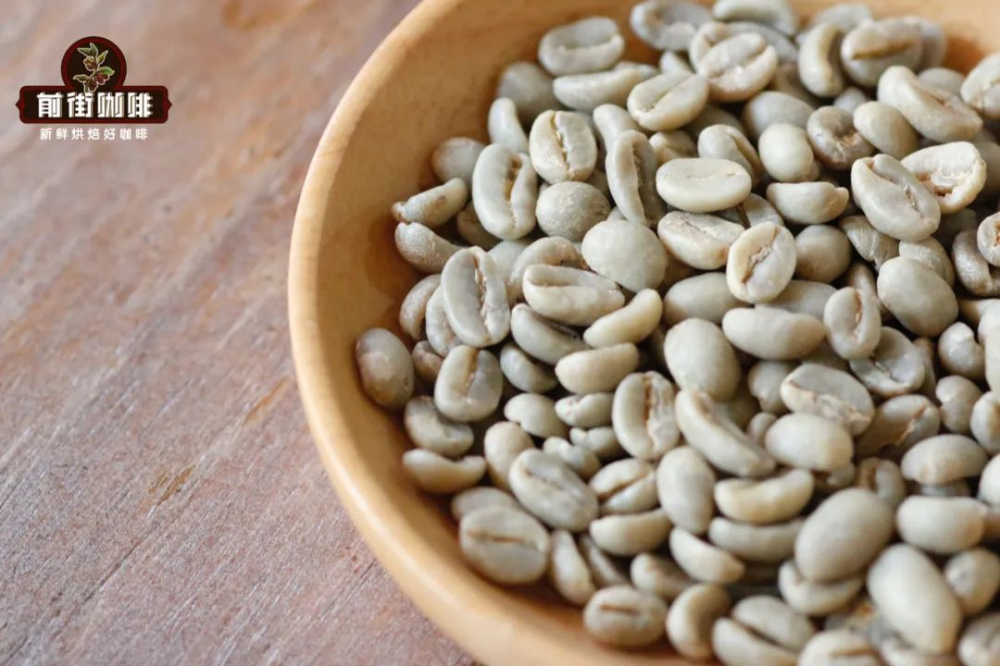
Half-day sun
Half-sun is to pick out the leaves, pebbles and other odors of the picked coffee fruit and pour it into the sink to pick out the undermature fruit through flotation. Use the machine to remove the peel, pulp and part of the colloid layer, and then wash for an hour, because the immersion fermentation time is very short, the pectin is not easy to wash off. Store the shelled beans with some pectin in the exposure area to dry. The half-sun method not only saves water resources, but also saves a lot of labor costs, and it is also shorter than the traditional sun drying, so it is widely used in Brazil.
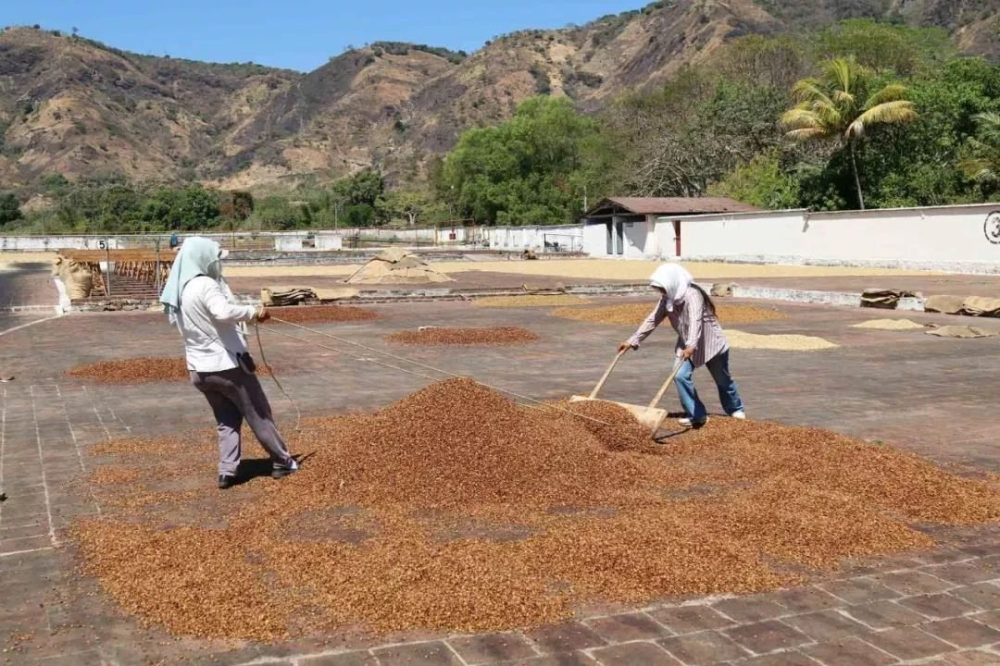
Brazilian Hilado rations beans on the front street are treated by half-sun treatment, and multi-link screening greatly improves the cleanliness of coffee beans. In Qianjie, another type of queen's manor coffee beans are treated by exquisite small batches of sun, and mass production may cause excessive fermentation and produce bad fermentation flavor due to untimely turning. The whole process of drying raw beans in the Queen's Manor is carried out in small batches on the African viaduct, thus avoiding the smell of soil and fermentation, and its sweetness is higher than the traditional half-sun.
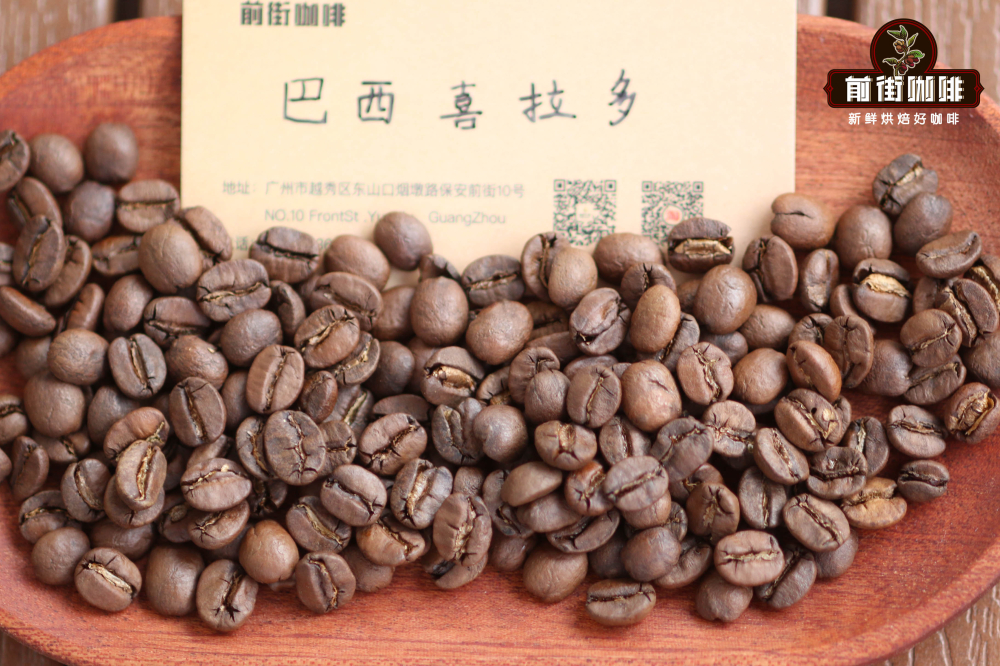
Honey treatment
Honey treatment can be said to neutralize the sun and water washing, so it is also called half-sun / half-water washing, which is more common in Central and South American countries.
When producers use honey treatment, they first pour the fresh coffee fruit into the sink through flotation to remove the undermature fruit and impurities, and then use a peeling machine to plane off the outermost layer of the fruit. Different from the water washing method, the fresh coffee fruit does not rinse with a lot of water to remove the pectin, but retain the pectin and dry it. Because there is sugar in pectin, the state is sticky, it is easy to remind people of honey, so it is named honey treatment.
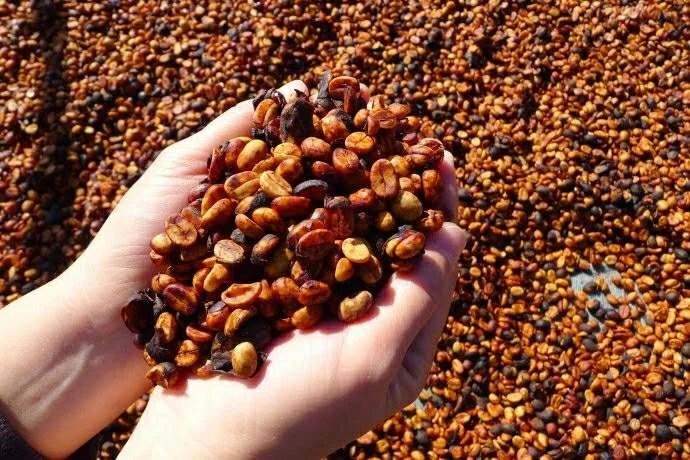
The next step in honey treatment is that the coffee seed is fermented while the sticky mucus still exists. According to the sugar content and fermentation state of the fresh coffee fruit, the manufacturer will give different names, such as white honey, yellow honey, red honey and black honey. A darker color means that coffee seeds ferment longer in mucus and pectin is more oxidized. Compared with water washing, honey treatment does not need a lot of fresh water and related equipment, and reduces the defective and negative flavor caused by exposure to the sun for a long time. The coffee treated with honey generally shows full tropical fruit flavor and sweet fermentation on the cup test, and the overall taste is fresh and sour.

There is also a method of raisin honey treatment. Before removing the skin and flesh, the coffee fruit will be dried on an elevated bed for at least three days, leaving the fruit dehydrated and shriveled into a "raisin" state, and then peeled and fleshed. Continue to complete the steps of subsequent honey treatment.
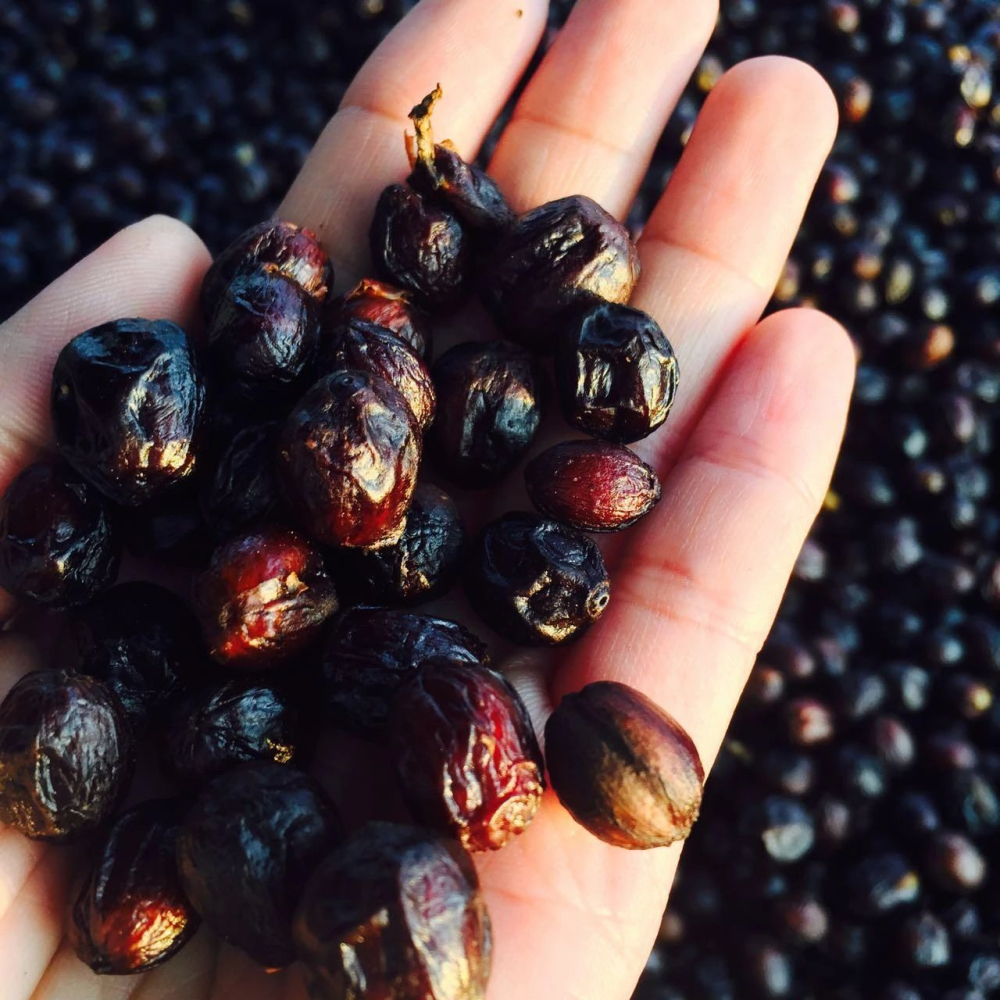
Raisin honey treatment is characterized by "retaining 100% pectin" and "zero water treatment", which increases the difficulty of raisin honey processing. According to Qianjie understanding and analysis, this requires strict control of time, which is more difficult than black honey treatment. The process of drying raw beans first allows the fragrant flavor of the flesh to infiltrate into the raw beans under the heating of the sun, so the coffee treated with raisin honey not only has a rich fragrance of flowers and fruits, but also has a clear sweet and sour spectrum. The Costa Rican Mozart coffee beans on the front street are treated with raisin honey.
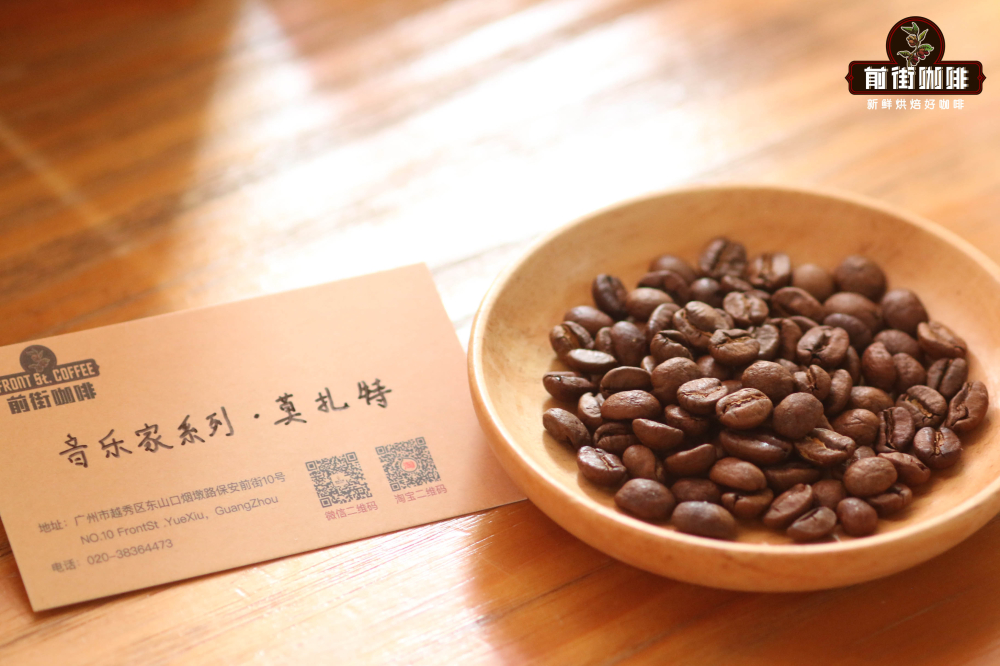
Professional coffee knowledge exchange more coffee bean information please follow the coffee workshop (Wechat official account cafe_style)
For more boutique coffee beans, please add private Qianjie coffee on Wechat. WeChat account: qjcoffeex
Important Notice :
前街咖啡 FrontStreet Coffee has moved to new addredd:
FrontStreet Coffee Address: 315,Donghua East Road,GuangZhou
Tel:020 38364473
- Prev

What details should I pay attention to when making coffee? What are the basic principles?
The six basic principles for making coffee are: 1. Choose high-quality coffee beans: please choose sustainable whole-bean coffee, which will be roasted within a few weeks after picking. And if you want to join the third wave of the coffee renaissance (thirdwave), which is now popular across the United States, choose lightly roasted coffee beans so that you can really taste the unique flavor of coffee. Deep baking
- Next

What's the difference between Sumatra's unique wet planing and wet treatment?
Professional coffee knowledge exchange more coffee bean information please pay attention to the coffee workshop (Wechat official account cafe_style) Wet planing and wet treatment is the relationship between seeking common ground while reserving differences? In the traditional wet treatment, fresh coffee cherries remove their pulp (Pulped) and leave them in a concrete pool to ferment overnight for acidification and pectin decomposition. Next, with sheepskin.
Related
- What is the meaning of lactic acid fermentation with coffee bean treatment?
- How to judge the state of foam by sound?
- How does the latte pull out the unicorn pattern? Come to get for a little trick to improve the flower pull!
- Will flower pulling affect the taste of the latte?
- Do you know the history of coffee?
- The difference between honey treatment and sun washing what is raisin honey treatment?
- What kind of milk can a novice use to make coffee foam to keep the foam longer? The correct method and skills of milking tutorial sharing
- Why do washed coffee beans taste sour? Flavor characteristics of washed Coffee
- Introduction to the skill of how to practice the size and height of water injection around the circle of hand-brewed coffee
- How do beginners practice coffee flower drawing from scratch?

